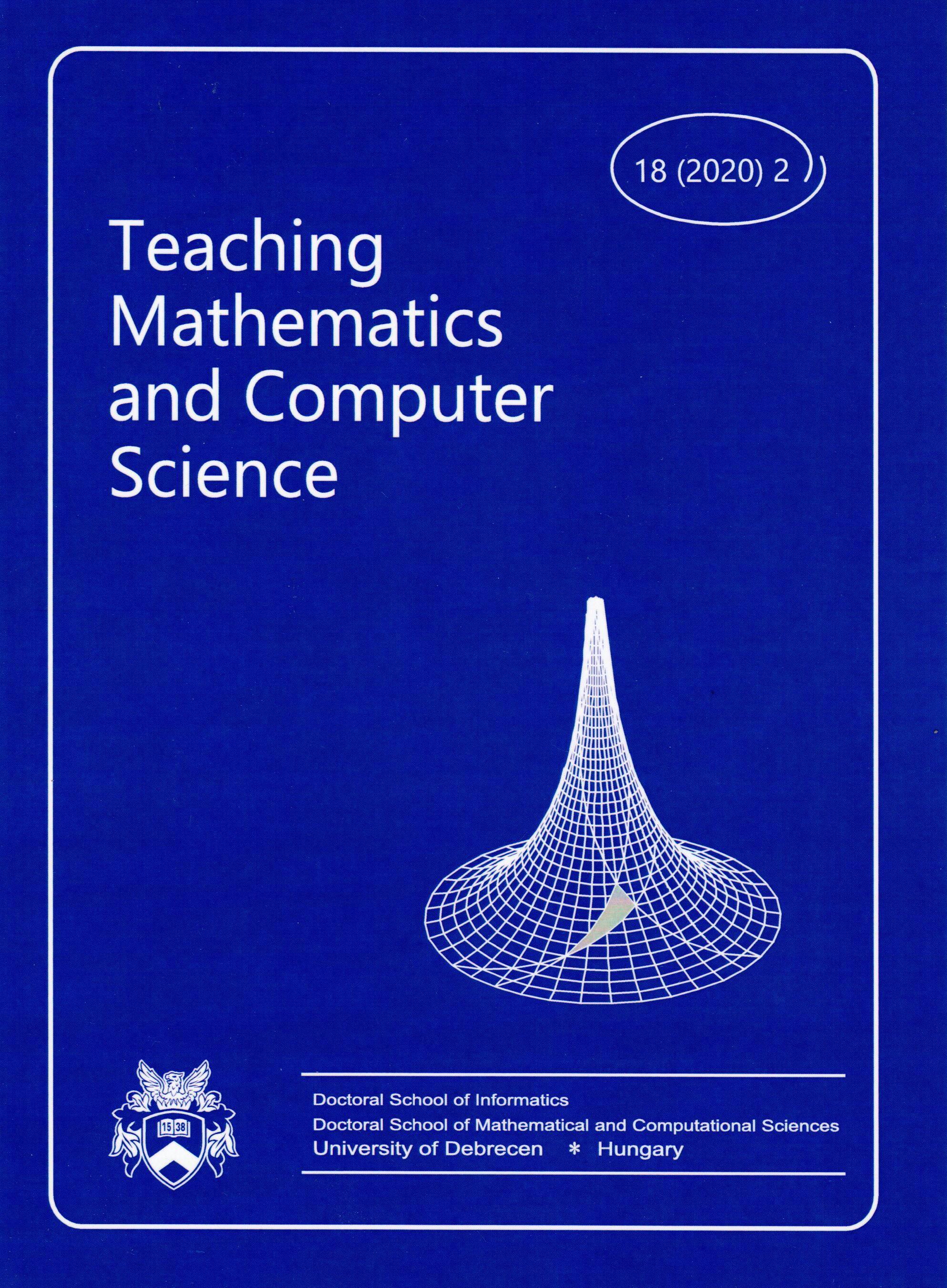Regula falsi in lower secondary school education II
Author
View
Keywords
License
Copyright (c) 2021 Zsolt Fülöp

This work is licensed under a Creative Commons Attribution 4.0 International License.
How To Cite
Abstract
The aim of this paper is to investigate the pupils' word problem solving strategies in lower secondary school education. Students prior experiences with solving word problems by arithmetic methods can create serious difficulties in the transition from arithmetic to algebra. The arithmetical methods are mainly based on manipulation with numbers. When pupils are faced with the methods of algebra they often have difficulty in formulating algebraic equations to represent the information given in word problems. Their troubles are manifested in the meaning they give to the unknown, their interpretation what an equation is, and the methods they choose to set up and solve equations. Therefore they mainly use arithmetical and numerical checking methods to solve word problems. In this situation it is necessary to introduce alternative methods which make the transition from arithmetic to algebra more smooth. In the following we will give a detailed presentation of the false position method. In our opinion this method is useful in the lower secondary school educational processes, especially to reduce the great number of random trial-and-error problem solving attempts among the lower secondary school pupils. We will also show the results of some problem solving activities among grade 6-8 pupils. We analysed their problem solving strategies and we compared our findings with the results of other research works.
Subject Classification: 97-03, 97-11, 97B10, 97B50, 97D40, 97F10, 97H10, 97H20, 97H30, 97N10, 97N20

 https://doi.org/10.5485/TMCS.2020.0512
https://doi.org/10.5485/TMCS.2020.0512






